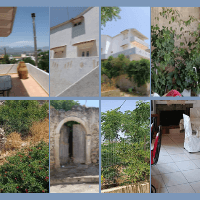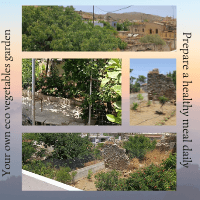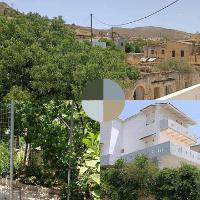Here are a few words about the destination information

Vai Beach
At the very easternmost point of Crete, there is a stunning, uninhabited beach with fine sand and stones called Vai Beach.
It boasts a distinctive and lush palm grove made up of a species that is exclusively found in Crete.
A stunning beach with clear, clean water, fantastic water sports, and space for everyone.
Although there are no accommodations or settlements at this beach, there are plenty of temporary services including food, beach supplies, cameras, and beverages at the parking lot throughout the summer.
Rentable beach chairs and umbrellas are available, and a beachfront restaurant serving delectable Greek cuisine is maintained by a local monastery.
The palm grove, which is now protected by the ICUN, and the beach itself are both worth the 24 km journey from Sitia.
The palm forest, which is hidden in a valley between a pond and a creek, is inhabited by regional birds and animals, including the secretive Cretan Marten, a little native mammal resembling a stoat, which was spotted dashing out of the bushes.
Phoenix Theophrasti palms, which are only found in Crete, make up the biggest palm forest in all of Europe.

Sitia Town
Sitia, one of the less “packed with tourists” areas of Crete, developed during the Venetian era, destroyed, and then rebuilt by the Turks; some evidence of its past is still visible now.
However, the area still offers a wealth of hints and memorials to the region’s early history.
Its expansive sandy beach gives the delights of swimming, and all the windsurfing options in the world (provided with showers by this loving community).
The Cretans in Sitia are the happiest and friendliest you’ll ever meet; they genuinely care about their community and maintain it beautiful and clean not just to appeal to visitors.
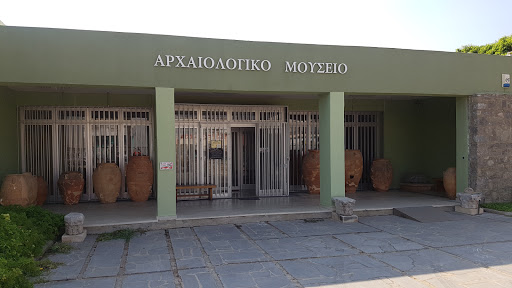
Archaeological Museum of Sitia
The area of the island that the ancient Minoan civilization most thoroughly evolved was Eastern Crete.
So it stands to reason that the Sitia Archaeological Museum is home to some of the most remarkable artifacts.
A compact, practical structure that houses a variety of intriguing artifacts from the adjacent Minoan palace at Zakros.
Some of the sculptures and pottery also show Egyptian influences.
From the ancient Cretan culture until the late Roman era, the Sitia Museum offers a view into more than 4,000 years of history.
Additionally, interactions between the region and other Mediterranean cities like Rhodes and Cyprus are visible.
The only statue of Zeus constructed completely of ivory and gold, showing him as a teenager, is the museum’s claim to fame.
The Sitia Archaeological Museum, while being modest, is definitely worth a look because the archaeological museums in eastern Crete often have more content than those in the west.
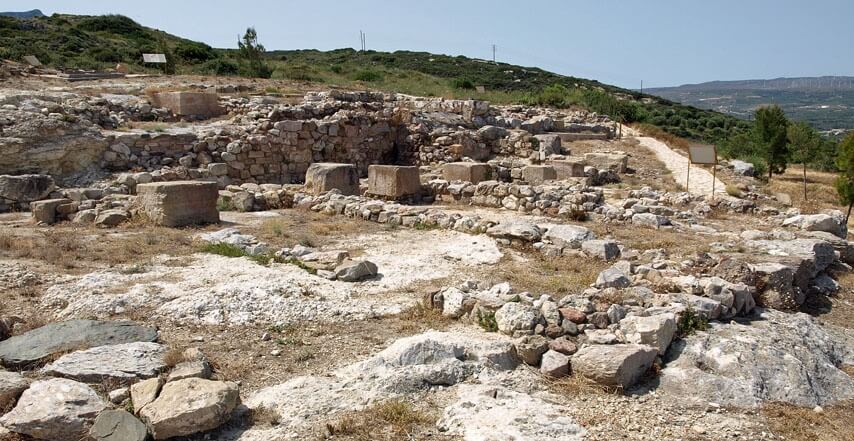
Palace of Petras
A few kilometers to the east of the present-day town of Siteia, the Minoan settlement of Petras views the sea from a small plateau.
Since 1985, Metaxia Tsipopoulou has been excavating the site. She has also been in charge of substantial work in the harbor of Siteia, which aimed to determine the Minoan habitation patterns in the region.
Along with the manufacture of obsidian blades, it appears that the village also engaged in the processing and weaving of wool.
At the conclusion of Crete’s prepalatial period, in the Early Minoan III/Middle Minoan IA period, greater buildings were being developed on the hill where the future palace would be situated.
The first signs of elites establishing and maybe battling with one another also started to appear.
Unfortunately, because the palace site was extensively leveled, there is no way to tell whether some massive structure with monumental architecture was there during the Middle Minoan I period, which marked the end of the pre-palatial and the start of the protopalatial period on Crete.
The primary complex has an area of 2800 square meters.
Given that there have been findings there that approximate the principal architectural elements of Minoan palaces, they have been given the name “palatial building.”
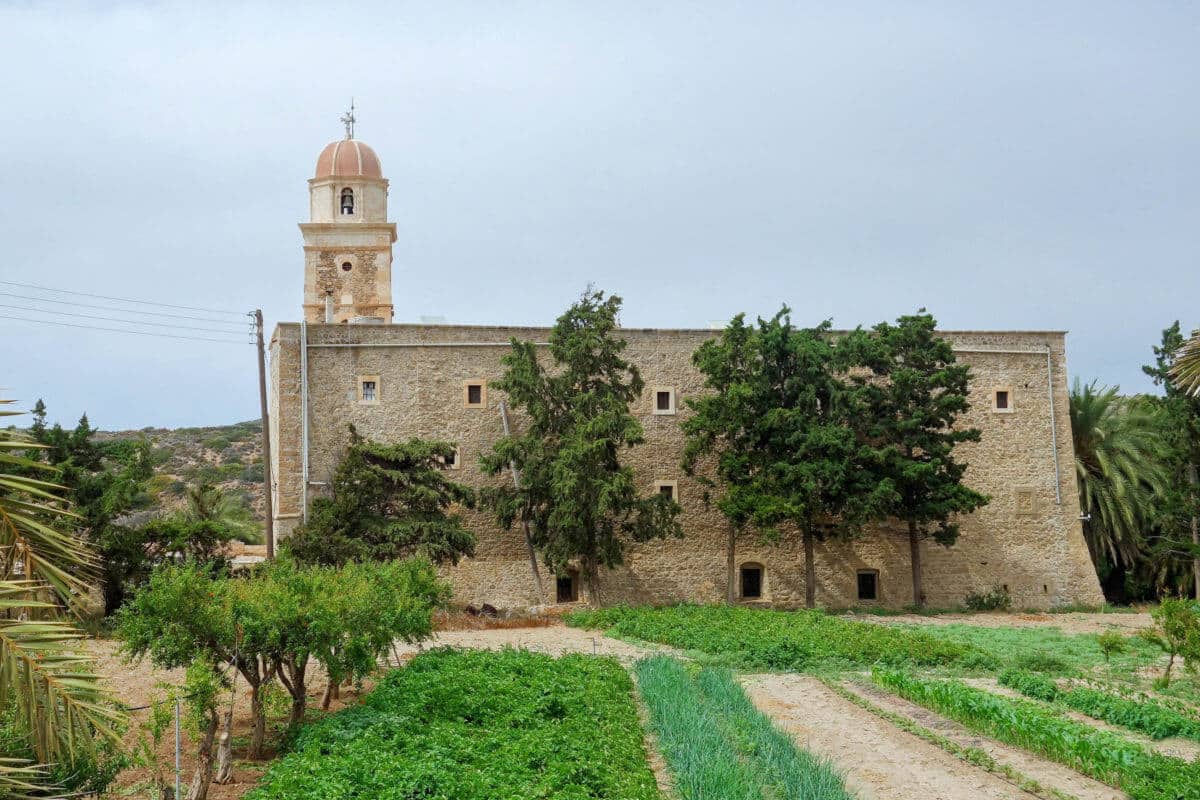
Toplou Monastery
The monastery of Toplou shows itself as an impressive fortification with a strong monastic past.
Additionally, one of the most significant works of Greek Orthodox art can be seen here, and the best olive oil may be bought.
The venerable Toplou Monastery was established in the 14th century and has since been damaged and rebuilt again and again .
The monastery served as the covert base of a British radio facility during the Second World War, while Crete was under German occupation.
The monastery has been expertly restored and is now a well-known attraction in Crete.
Charges and other information
The trip is approximately 10 hours long.
The cost of the trip is €500.
Other expenses such as entrance tickets or guide services are not included.
The price is available for four to eight persons, for 9+ persons it’s a 50% surcharge.
Note: If you’re a Mama Jorjakis Villas guest, your return fee is free of charge.



